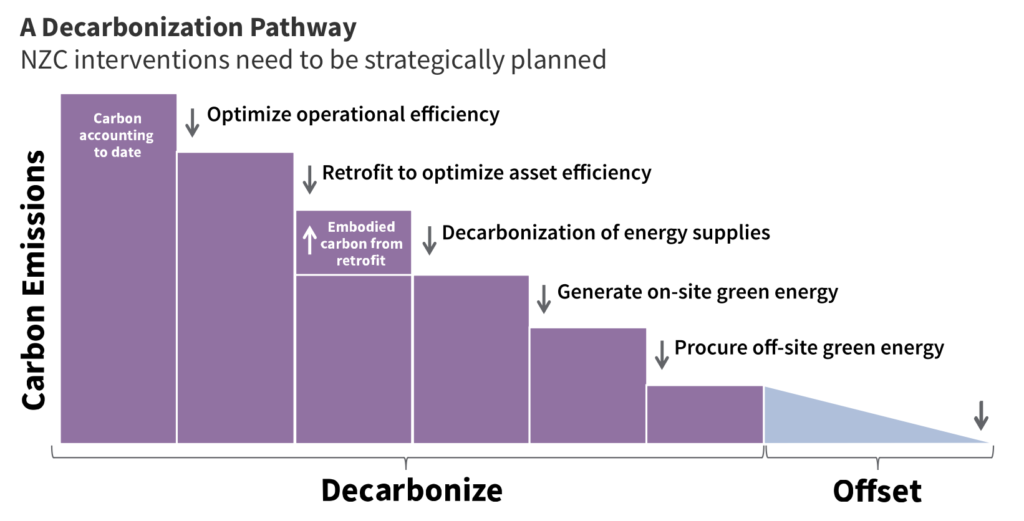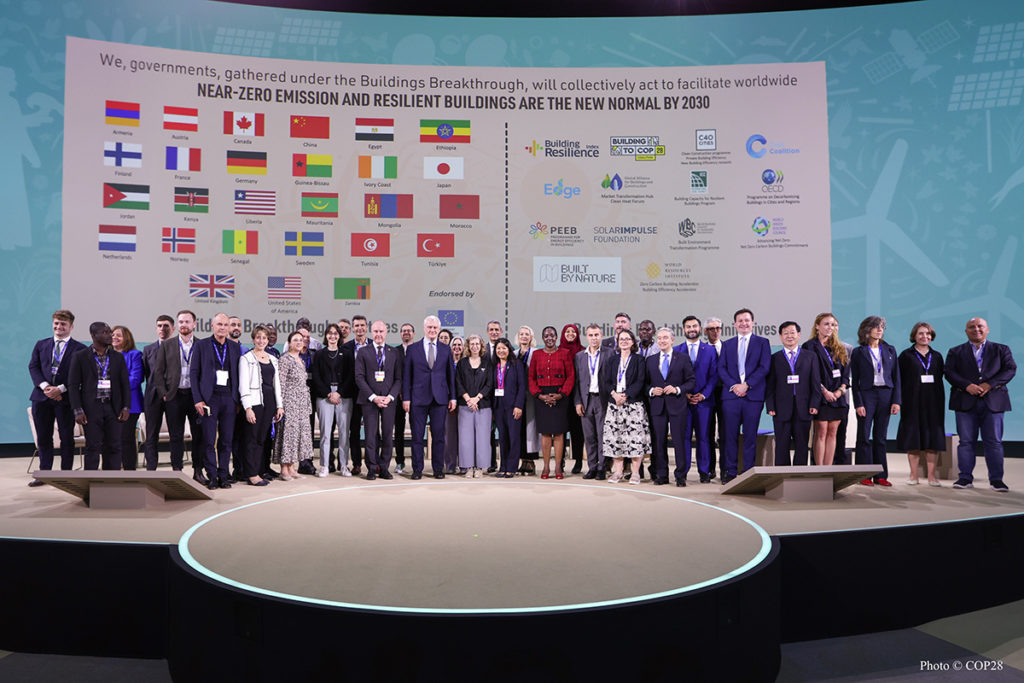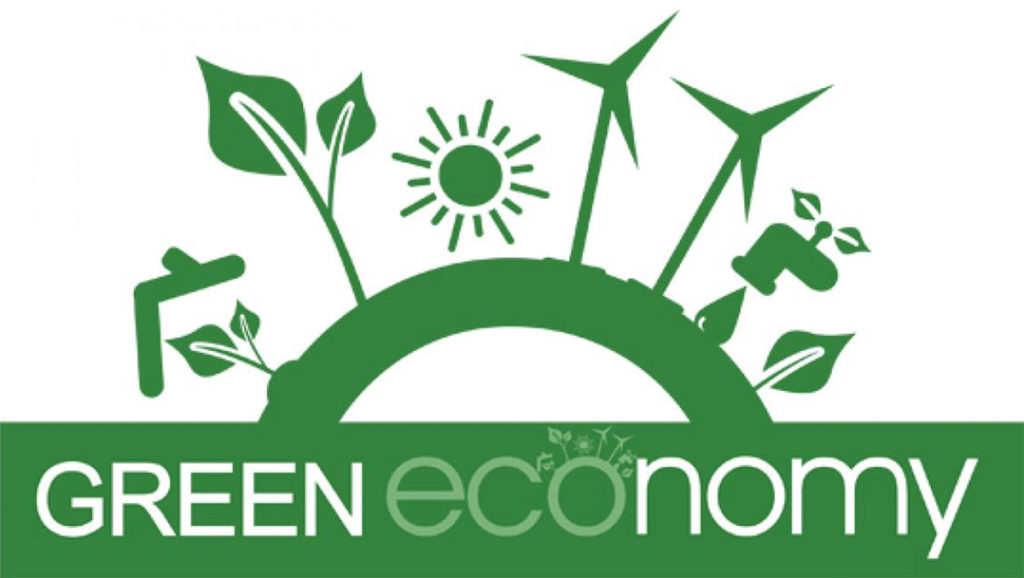
With the climate and global warming buzz going around in the sustainability industries, COP28, 28th annual United Nations (UN) climate summit took place in Dubai, in the United Arab Emirates (UAE) from 30 November to 12 December 2023, where governments globally come together to discuss how to limit and prepare for future climate change. Its key target is to limit long-term global temperature rises to 1.5C. With buildings accounting for nearly 40% of global carbon emissions, the built environment was a core focal point at this year’s conference.
With the increased extreme weather events happening often, we are starting to see tangible marks of climate change on our economy. More frequent, intense and unpredictable rain, floods, droughts and dry spells affect agriculture and food productions. The climate agenda not only as a pressing challenge but an opportunity for growth. It is reported that through the National Energy Transition Roadmap, the Hydrogen Economy and Technology Roadmap, and the New Industrial Master Plan, Malaysia is taking concrete steps that will enable us to advance sustainable practices across the economy. This is consistent with a just and orderly climate transition.
As sustainability environment consultants, we have noted some observations.
1. Multilevel Action, Urbanization, and Built Environment/Transport

The global discussion on carbon emissions increasingly emphasizes the crucial role of the built environment, as reflected in panel discussions during COP28’s dedicated focus day on December 6: “Multilevel Action, Urbanization, and Built Environment/Transport.” Countries are encouraged to commit to both national adaptation plans (NAPs) and nationally determined contributions (NDCs) – essentially, climate action plans aimed at reducing emissions and adapting to climate impacts.
2. Retrofitting Buildings is the Future

While buildings face significant challenges, they also hold a unique position as part of the solution. Retrofitting buildings with energy-efficient operations has the potential to reduce global carbon emissions by up to 6.1 gigatons by 2050. Investing in nature-based building structures, prioritizing the reuse of existing buildings, scaling up low-carbon building traditions, and selecting sustainable materials are among the ways to contribute to comprehensive solutions.
3. Near-zero Emission & Resilient Buildings as the New Normal by 2030

As for the World Green Building Council (WorldGBC), a global network comprising over 75 national Green Building Councils and leading businesses within the buildings and construction sector, presented a unified call to action through an “Open Letter” endorsed by over 25 countries. This letter supports the call for ‘near-zero emission and resilient buildings as the new normal by 2030.’
Under the “Open Letter”, the WorldGBC network and its partners are calling for the following initiatives:
- Robust Political Leadership
Strong leadership is paramount in advancing the sustainable transformations in the built environment. - Climate Mitigation
Parties commit to integrating building codes and sub-national policies into their Nationally Determined Contributions, pledging to double energy efficiency improvements and triple global renewable energy capacity by 2030. - Climate Adaptation
Parties recognise the global goal for adaptation and acknowledge the crucial role in the building sector, in anticipating, adapting to, and responding to climate impacts during the planning stage of townships and cities. Giving precedence to adaptive urban planning involves designing resilient cities that can endure the impacts of climate change. This is achieved by minimising their carbon footprint through efficient transportation, incorporating green spaces, and implementing sustainable infrastructure within the building sector. - Climate Finance
Parties agree to increase funding for energy efficiency improvements and Loss and Damage, supporting a global reform of financial institutions for more just, equitable, and effective debt lending and borrowing. - The Global Stocktake
Commitment to the Buildings Breakthrough as a collaborative platform for national governments and stakeholders to accelerate action and optimize the role of buildings in addressing gaps identified in the Global Stocktake.
4. The Urgency to Educate Businesses to Go Green
We also see the impending challenges that would be faced, as stated earlier that the building and construction sector accounts for nearly 40% of global energy related carbon emissions and the urgency to educate businesses to review the way they are operating and to commit to take actionable steps towards the goal of decarbonisation and navigating the impact in the areas of financial support, regulatory requirements and resources.
Therefore, we note that a more environmentally sustainable built environment has transitioned from being a luxury to becoming an essential requirement.
In the growing green building sustainability and construction industries, there is a great need to level up innovative and creative building and renewable energy solutions to clients, while taking initiatives and constructive steps to reducing carbon emissions for a greener and sustainable future. The summit has truly garnered much global and media attention and we are grateful that with the support from key leaders across every sector and from every part of the world and every culture who are dedicated to the common goal of stemming climate change, Green Quarter will continue to play a significant role in campaigning this cause through our consistent efforts and commitment to assist our valued clients in achieving their organisation’s sustainable goals.


